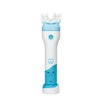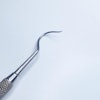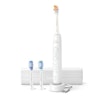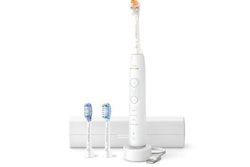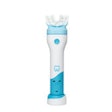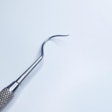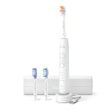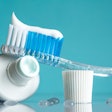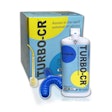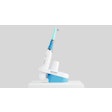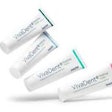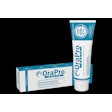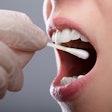A basic electric toothbrush may effectively reduce plaque and gingivitis better than a manual toothbrush, helping patients improve their oral health. This study was recently published in the Journal of Dental Hygiene.
Furthermore, benefits were observed after just one use for plaque and within two weeks for gingivitis, the authors wrote.
“This study shows that an entry-tier oscillating-rotating toothbrush provides highly effective plaque and gingivitis benefits as compared to a manual toothbrush,” wrote the authors, led by Julie M. Grender, PhD, of the Procter and Gamble Company (J Dent Hyg, September 29, 2025).
This three-treatment study evaluated plaque and gingivitis during the first period and focused only on plaque in the second and third periods. Plaque levels were measured after a single brush and after one week of use in all periods. In the first period, gingivitis and bleeding were assessed at baseline, week 1, and week 2 while participants used their assigned toothbrushes, they wrote.
Participants used either an entry-tier oscillating-rotating (OR) electric toothbrush, set to “Sensitive” or “Daily Clean” mode, or a soft manual toothbrush, along with sodium fluoride toothpaste. A total of 42 participants were randomly assigned to the treatment groups and underwent prebrushing modified gingival index (MGI), gingival bleeding index (GBI), and the Refinement of the Modified Navy Plaque Index (RMNPI) assessments for standardized plaque and gingivitis evaluation.
The OR toothbrush, used in either mode, produced significantly greater reductions in bleeding sites at week 1 and week 2 (p ≤ 0.001) and in the MGI score at week 2 (p ≤ 0.001) compared with the manual toothbrush. By week 1, the OR toothbrush reduced bleeding sites at least twice as much as the manual brush. Mean reductions in bleeding sites from baseline at weeks 1 and 2 were 8.9 and 14.02, respectively, for the OR brush in daily clean mode, 6.83 and 10.9, respectively, for the OR brush in sensitive mode, and 3.41 and 5.01, respectively, for the manual brush, they wrote.
Additionally, the OR toothbrush in “Daily Clean” mode achieved a significantly greater MGI reduction at week 1 (p = 0.011). Both OR modes produced significantly greater plaque reductions than the manual brush after a single use (p < 001) and after one week (p ≤ 0.022), with whole-mouth plaque scores reduced by 0.505 (“Daily Clean”), 0.469 (“Sensitive”), and 0.305 (manual), Also, there was a significantly greater gingival margin plaque reduction observed for the daily clean mode (p= 0.029).
However, the study had limitations. While the findings align with trends seen in previous long-term studies, the study’s two-week duration for gingivitis assessments was a limiting factor, the authors added.
“The OR brush was well tolerated by the study participants, and the results support the recommendation of this OR toothbrush to manual toothbrush users who need improved plaque removal and gingivitis control,” they concluded.

